How Augmented Reality and Virtual Reality Are Changing the Way We Interact with the World?
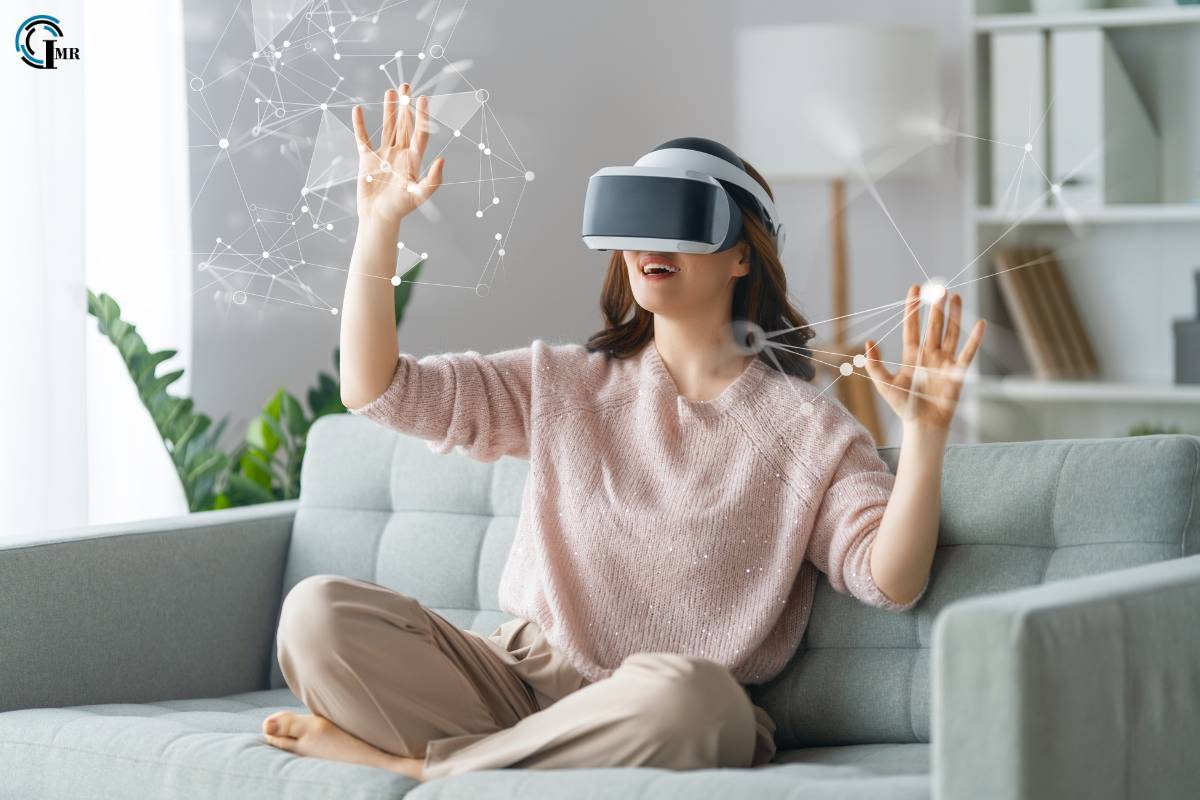
In recent years, Augmented Reality and Virtual Reality (AR) & (VR) have emerged as transformative technologies with the potential to reshape how we perceive and interact with the world around us. From entertainment and gaming to education, healthcare, and beyond, AR and VR are breaking traditional boundaries and offering immersive experiences that were once confined to the realm of science fiction. In this blog, we explore the profound impact of AR and VR on various aspects of our lives and how these technologies are paving the way for the future.
Understanding Augmented Reality and Virtual Reality
Augmented Reality (AR) overlays digital information such as images, sounds, and other data onto the real-world environment. This technology enhances the user’s perception of reality by blending virtual elements with the physical world, typically viewed through smartphones, tablets, or AR glasses.
Virtual Reality (VR), on the other hand, immerses users in a completely virtual environment generated by computer technology. VR headsets or goggles transport users into a simulated world where they can interact with virtual objects and environments in a highly immersive and interactive way.
Applications of Augmented reality and Virtual Reality
1. Entertainment and Gaming
AR and VR have revolutionized the entertainment and gaming industries by offering immersive experiences that blur the lines between reality and virtuality. Games like Pokémon Go introduced AR to mainstream audiences, allowing players to hunt for virtual creatures overlaid onto real-world locations using their smartphones.
VR gaming takes immersion to the next level, transporting players into fully immersive virtual worlds where they can interact with environments and characters as if they were physically present. Games like Beat Saber and Half-Life: Alyx showcases the potential of VR in delivering compelling gaming experiences.
2. Education and Training
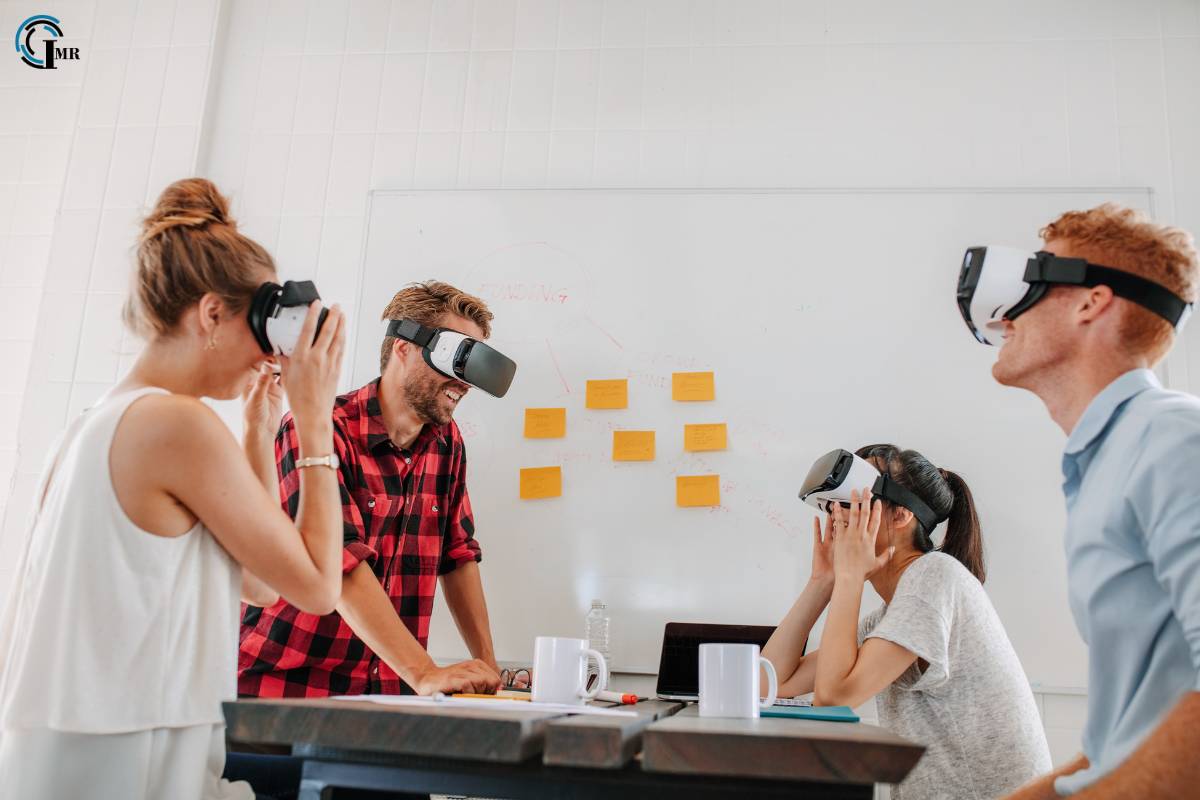
AR and VR technologies have immense potential in transforming education and training across various fields. In education, AR can overlay educational content onto textbooks or real-world objects, providing interactive learning experiences that enhance engagement and understanding. For example, students studying anatomy can use AR apps to visualize and interact with 3D models of human organs.
VR enables immersive training simulations for professions such as healthcare, aviation, and military training. Medical students can practice surgical procedures in a realistic virtual environment, pilots can undergo flight simulations, and soldiers can train for combat scenarios—all within a safe and controlled setting.
3. Healthcare
AR and VR are revolutionizing healthcare by offering innovative solutions in medical treatment, patient care, and training healthcare professionals. Surgeons can use AR overlays during surgeries to visualize patient data, anatomy, and surgical plans in real time, enhancing precision and reducing risks.
VR therapy is increasingly used to treat phobias, PTSD, and anxiety disorders by exposing patients to controlled virtual environments that help them confront and overcome their fears. VR simulations also aid in rehabilitation by providing interactive exercises for physical therapy and motor skills recovery.
4. Architecture and Design
Augmented Reality and Virtual Reality are transforming the architecture and design industries by enabling architects and designers to visualize and interact with virtual models of buildings, interiors, and urban landscapes. AR allows architects to overlay digital models onto physical environments, facilitating real-time design adjustments and client presentations.
VR, on the other hand, offers immersive walkthroughs of architectural designs, allowing clients and stakeholders to experience and explore spaces before construction begins. This immersive visualization helps identify design flaws, optimize spatial layouts, and enhance communication between architects, clients, and builders.
5. Retail and Marketing
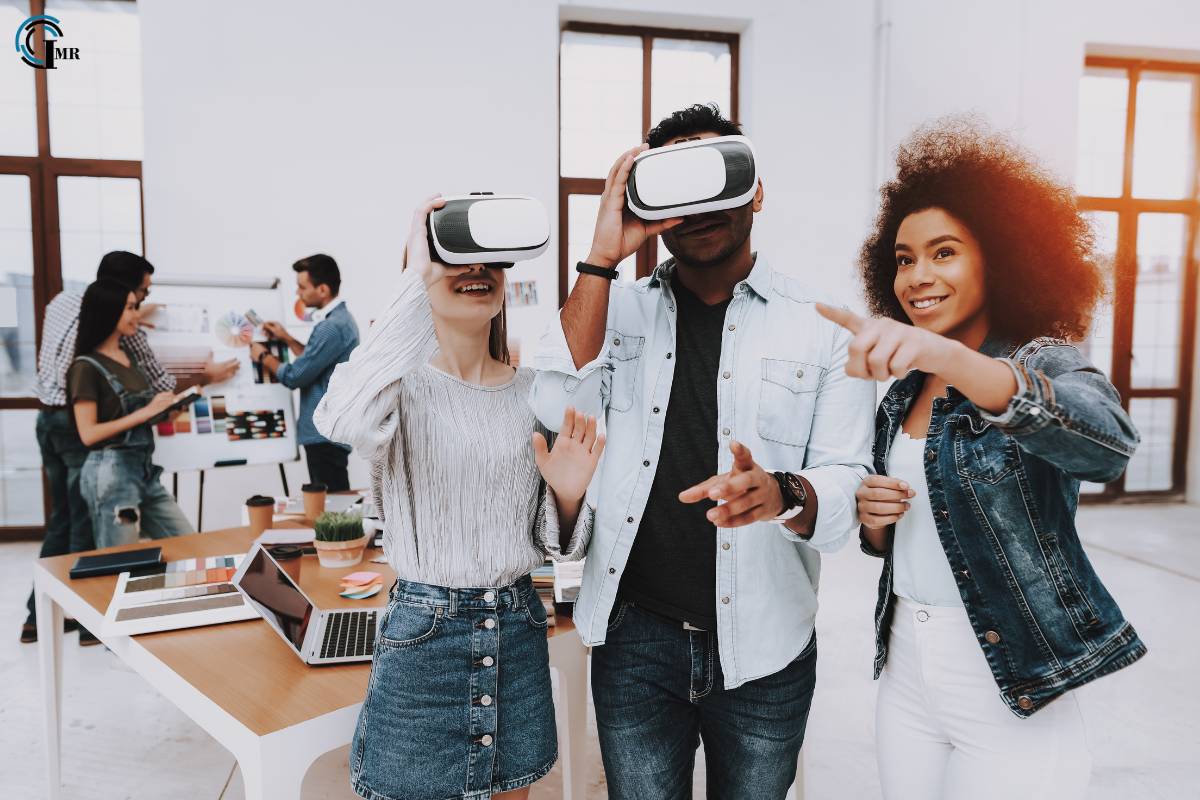
AR is reshaping the retail experience by offering virtual try-on capabilities for clothing and accessories, allowing customers to see how products look on them before making a purchase. Brands like IKEA use AR to enable customers to visualize furniture and home decor in their own living spaces through AR apps.
VR is also making waves in marketing by creating immersive brand experiences and virtual showrooms. Companies can host virtual events, product launches, and demonstrations in VR environments, reaching global audiences without physical limitations.
The Future of Augmented Reality and Virtual Reality
The rapid evolution of AR and VR technologies promises even greater advancements and broader applications in the future. Key trends shaping the future of AR and VR include:
Advancements in Hardware: Continued improvements in AR glasses, VR headsets, and wearable devices will enhance comfort, usability, and immersion.
5G and Connectivity: The rollout of 5G networks will enable faster data speeds and lower latency, enhancing the performance of AR and VR applications, particularly in streaming high-quality content and real-time interactions.
AI Integration: AI-powered algorithms will enhance AR and VR experiences by enabling intelligent interactions, personalized content recommendations, and realistic simulations.
Industry Adoption: AR and VR adoption will continue to expand across industries, driving innovation in fields such as remote collaboration, virtual tourism, augmented workspaces, and more.
Ethical and Social Considerations
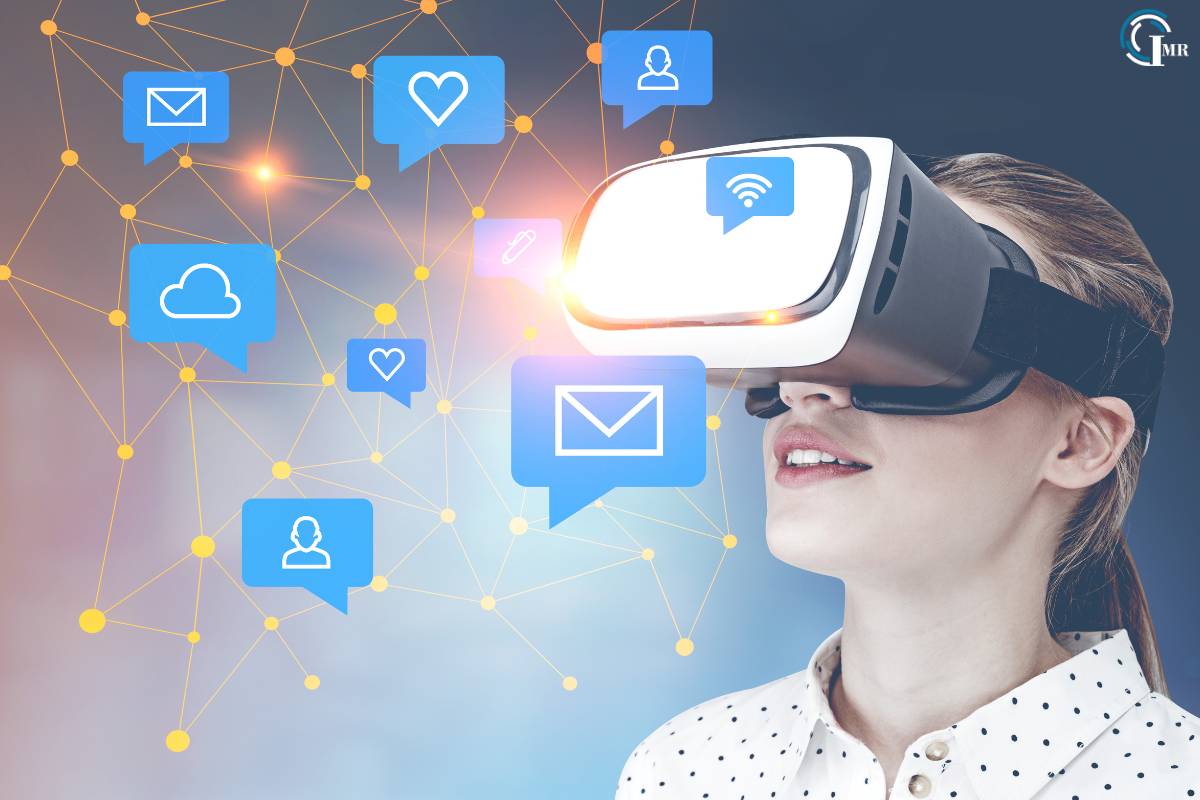
As Augmented Reality and Virtual Reality technologies become more pervasive, it is crucial to address ethical and social considerations. Privacy concerns related to data collection and user tracking in AR and VR environments need robust regulatory frameworks to protect user rights and ensure data security. Additionally, considerations around digital addiction, psychological impacts, and the digital divide must be carefully addressed to promote responsible use and inclusivity.
Conclusion
Augmented Reality and Virtual Reality are not just technological innovations; they are transformative forces that are reshaping how we interact with the world. From enhancing entertainment experiences and revolutionizing education to revolutionizing healthcare, architecture, and retail, AR and VR are unlocking new possibilities across various sectors. As these technologies continue to evolve, their potential to drive innovation, improve efficiencies, and create immersive experiences will only grow, ushering in a future where the boundaries between the physical and virtual worlds blur even further. Embracing these technologies responsibly and addressing associated challenges will be key to maximizing their benefits and ensuring a positive impact on society as a whole.
Ultimately, AR and VR represent not just technological advancements but also catalysts for societal transformation. By embracing these technologies thoughtfully and harnessing their potential, we can create a more interconnected, immersive, and innovative future, enrich human experiences, and drive progress in ways previously unimaginable.




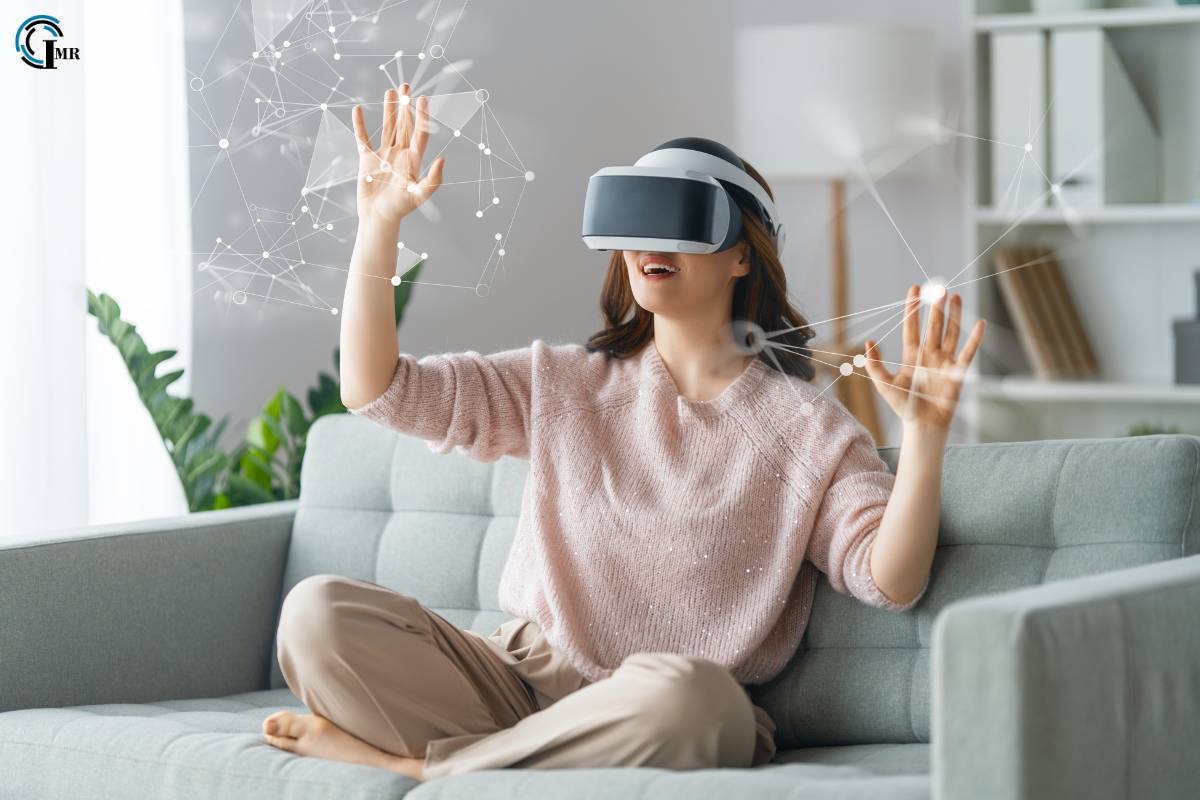
Comments